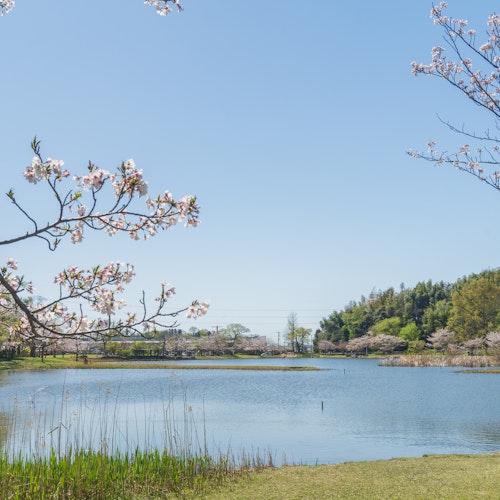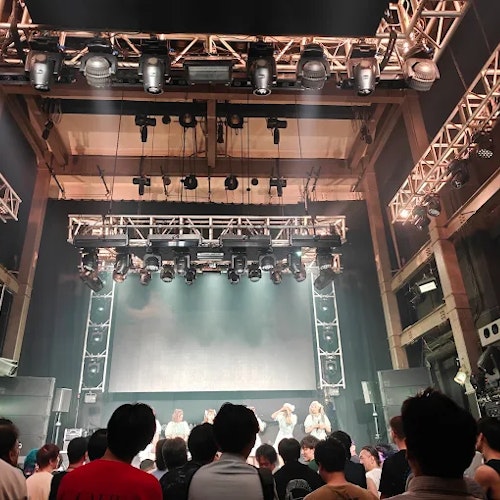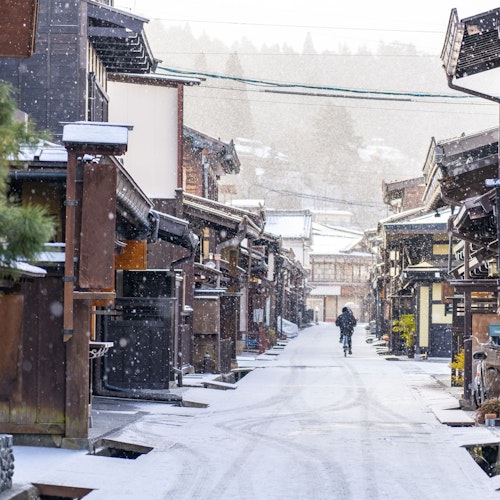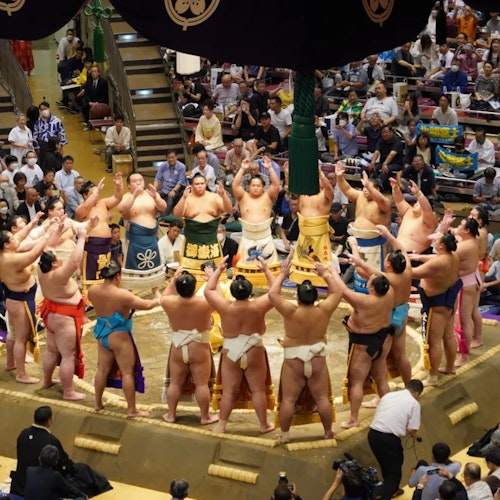
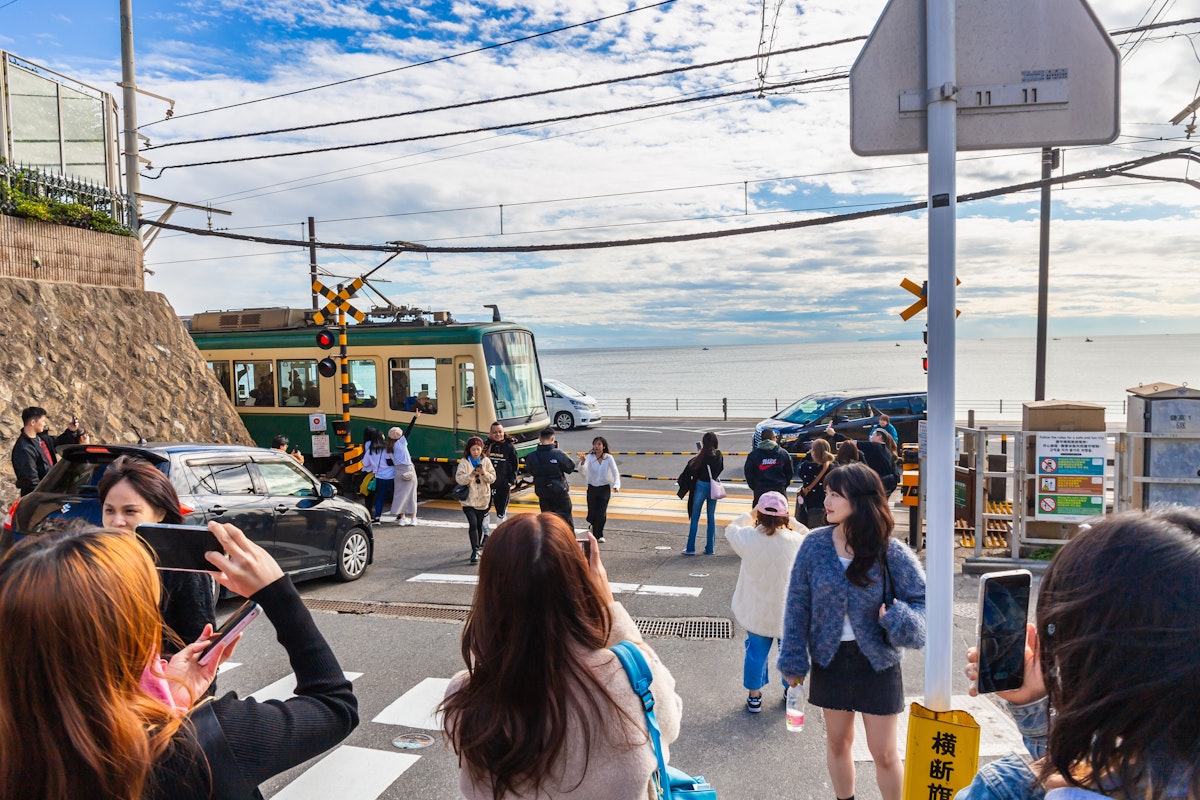
Tokyo to Kamakura is a journey many travelers consider a day trip filled with culture, history, and scenic beauty. Just an hour south of Tokyo, Kamakura is a historic town that once served as the center of political power during the Kamakura shogunate.
With its abundance of temples and shrines and stunning attractions, such as the Kamakura Great Buddha and Hokokuji Temple's bamboo forest, this destination is a must-visit for anyone exploring Eastern Japan. This guide will help you understand the best transportation options, routes, and tips to make your trip to Kamakura seamless and enjoyable.
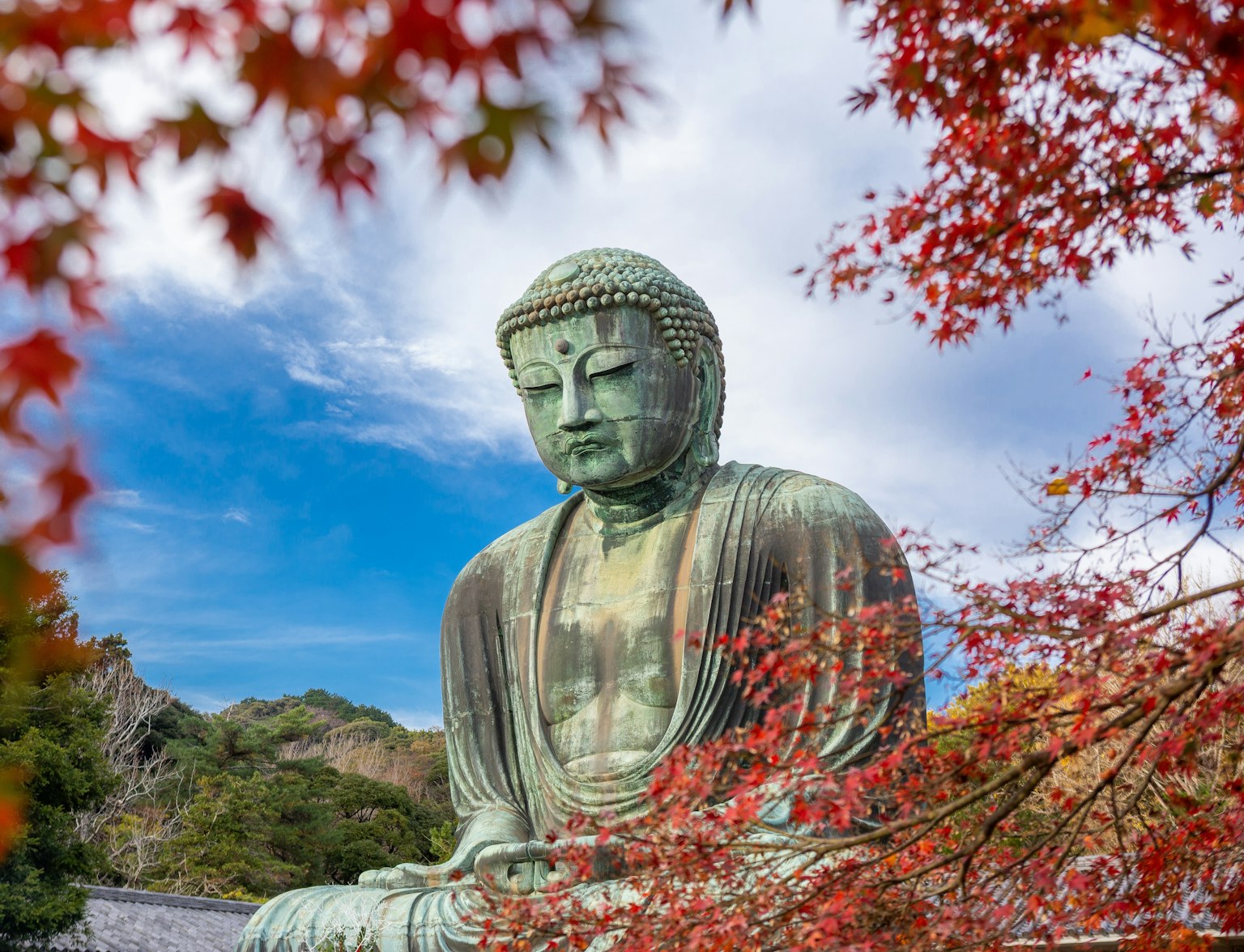
Experience the magic of the Great Buddha like never before!
Kamakura is known as the "Kyoto of Eastern Japan," offering a smaller-scale yet equally enchanting experience of traditional Japanese culture. The Kamakura Great Buddha, Tsurugaoka Hachimangu Shrine, and many temples, such as Kotoku-in and Hasedera Temple, are prime attractions.
Visitors enjoy the serene bamboo grove at Hokokuji Temple and scenic coastal views. A day trip to Kamakura is ideal for those looking to escape the hustle and bustle of Tokyo and enjoy a mix of history, spirituality, and natural beauty.
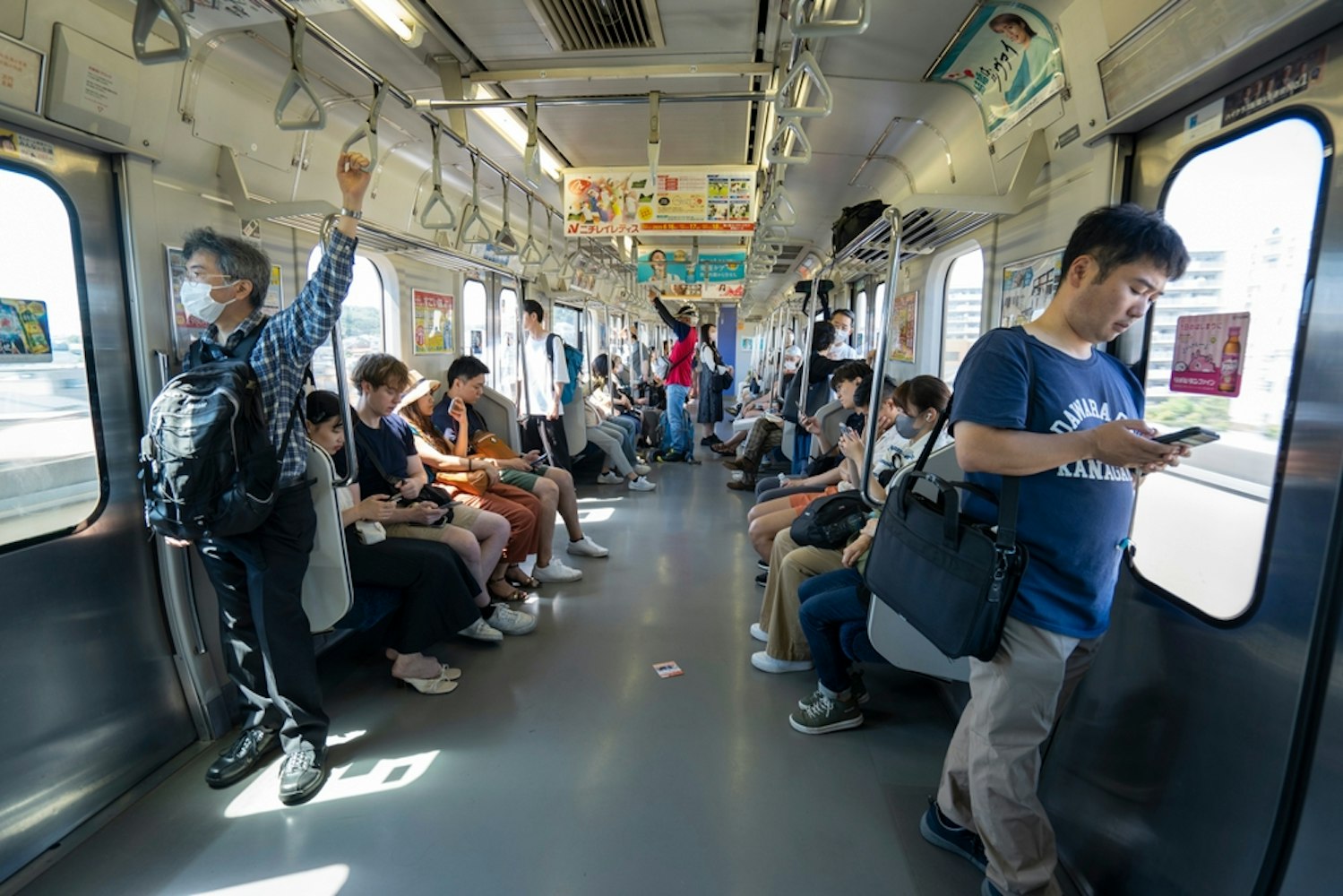
The JR Yokosuka Line provides a seamless and convenient direct connection between Tokyo Station and Kamakura Station, making it the most straightforward option for travelers. With frequent departures and a travel time of about one hour, it's an efficient way to reach Kamakura's historic temples and iconic attractions.
Travel Time: About one hour
Cost: ¥940 (one-way)
Route Details: Trains depart frequently, and this is the most common route for travelers heading to Kamakura from Tokyo.
Tip: The fare is covered if you use a JR Pass, saving you extra cost.
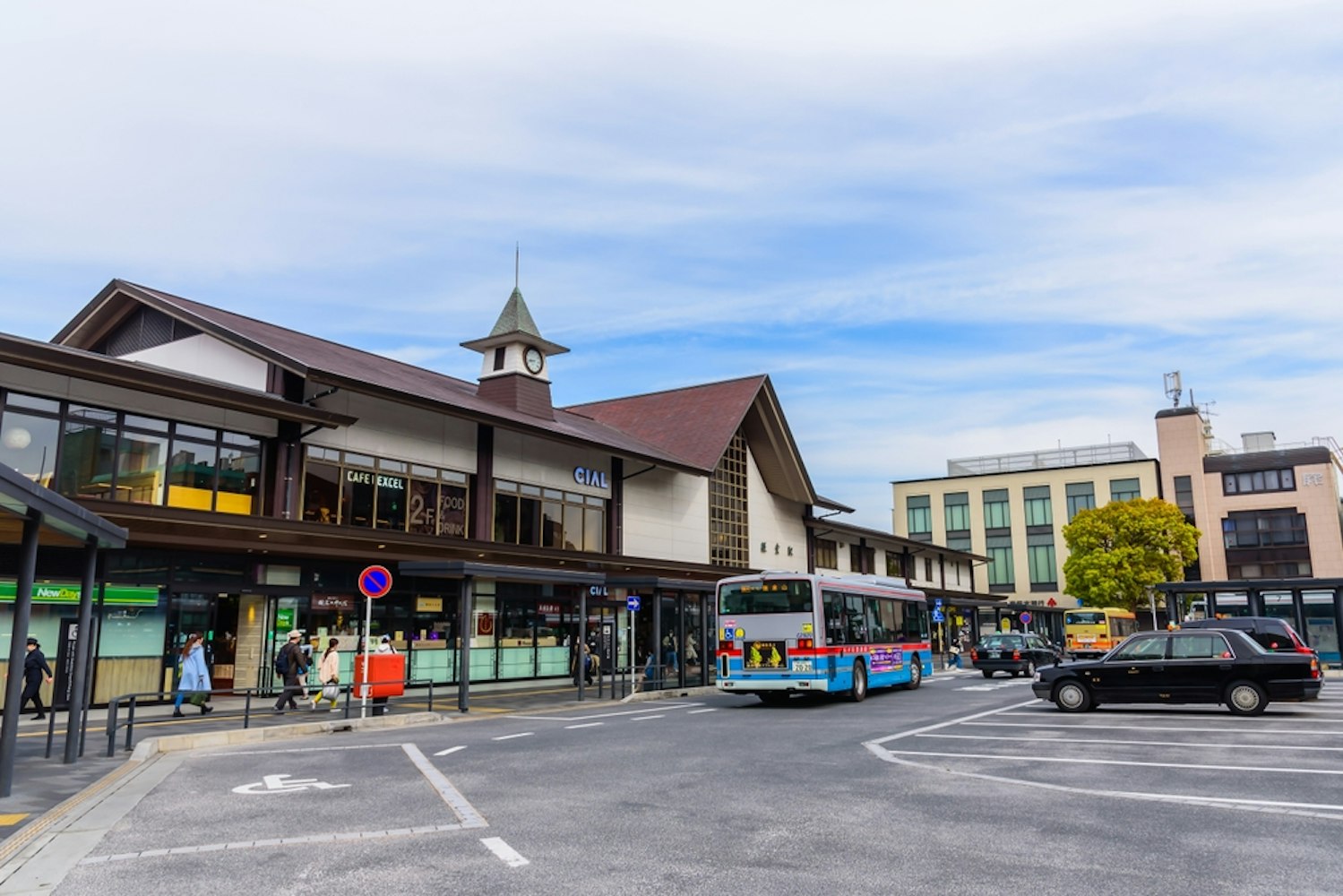
The JR Shonan Shinjuku Line provides a convenient and direct connection from Shinjuku Station and Ikebukuro Station to Kamakura, making it an excellent choice for travelers staying in northern Tokyo. With frequent departures and a travel time of about one hour, it offers a seamless journey without the need to transfer to Tokyo Station.
Travel Time: About an hour
Cost: ¥940 (one-way)
Route Details: This route is convenient if you're staying in northern Tokyo, with direct trains that bypass central Tokyo stations.
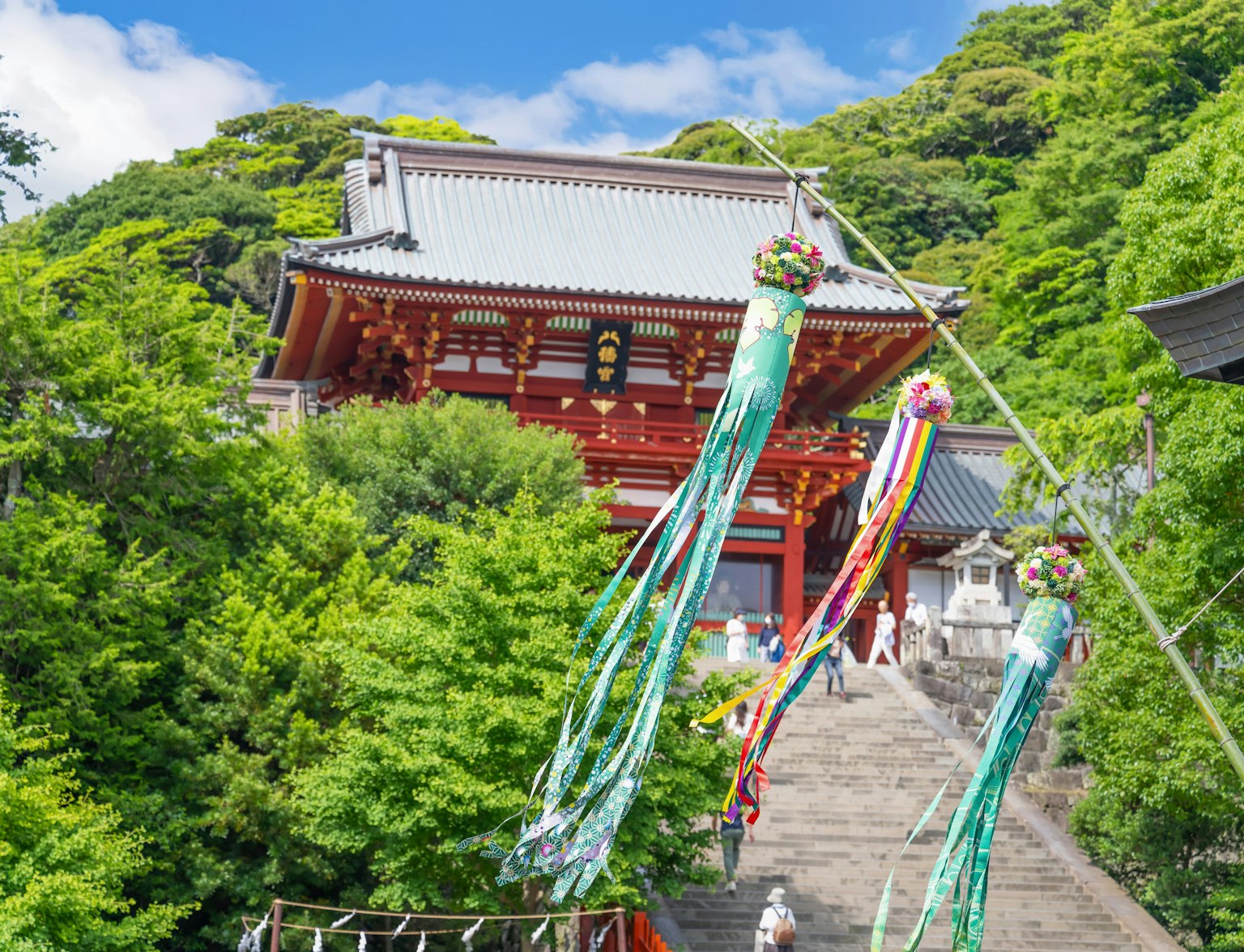
Discover the wonders of Kamakura with a professional photographer.
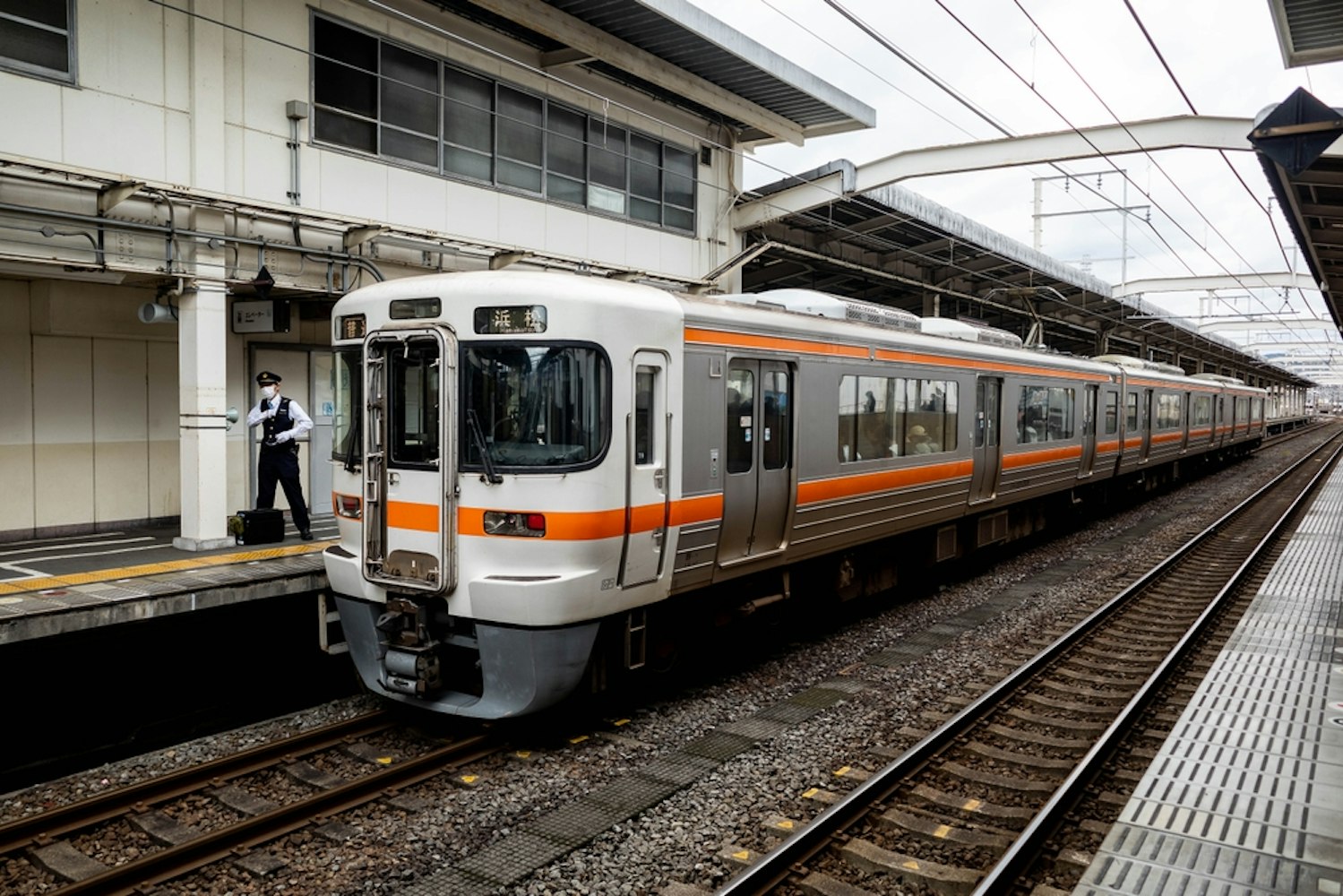
Travelers departing from Shinagawa Station or Ofuna Station can take the JR Tokaido Line, which provides a comfortable and efficient route to Kamakura. At Ofuna Station, an easy transfer to the JR Yokosuka Line takes them directly to Kamakura Station, making this a flexible and convenient option for those starting their journey in southern or central Tokyo.
Travel Time: Around one hour
Cost: Approximately ¥920
Advantages: This route offers flexibility if you're closer to these stations.
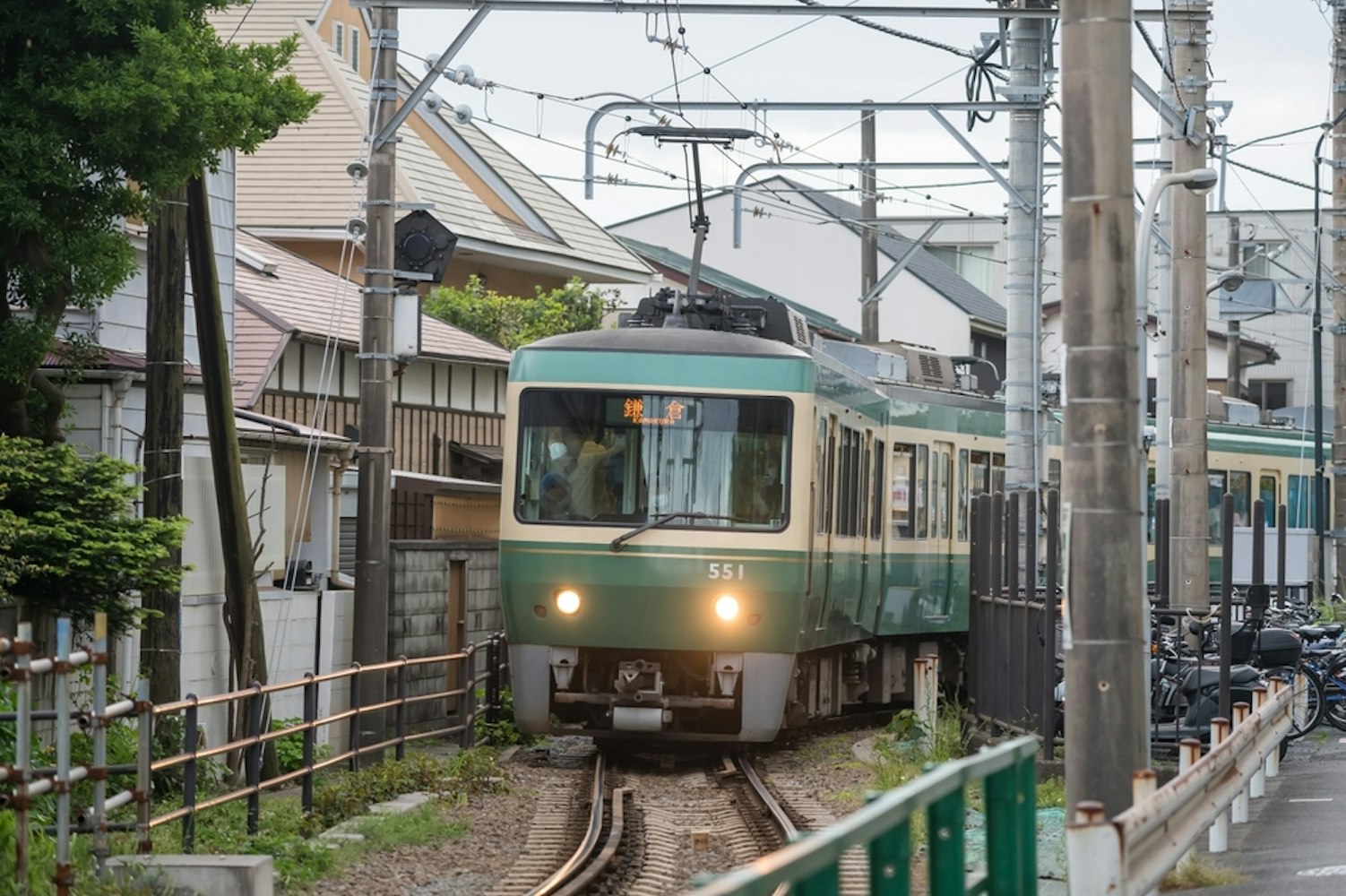
The Odakyu Railway offers a budget-friendly and picturesque journey from Shinjuku Station to Kamakura, making it an excellent choice for travelers seeking value and charm. With the Enoshima Kamakura Free Pass, you can enjoy round-trip tickets and unlimited rides on the quaint Enoden Line, which showcases stunning coastal views and easy access to Kamakura's top attractions.
Travel Time: About 90 minutes
Cost: ¥1,570 for the Enoshima Kamakura Free Pass
Route Details: This pass includes round-trip tickets from Shinjuku Station and unlimited rides on the Enoden Line, which connects Kamakura to Enoshima and Fujisawa Station.
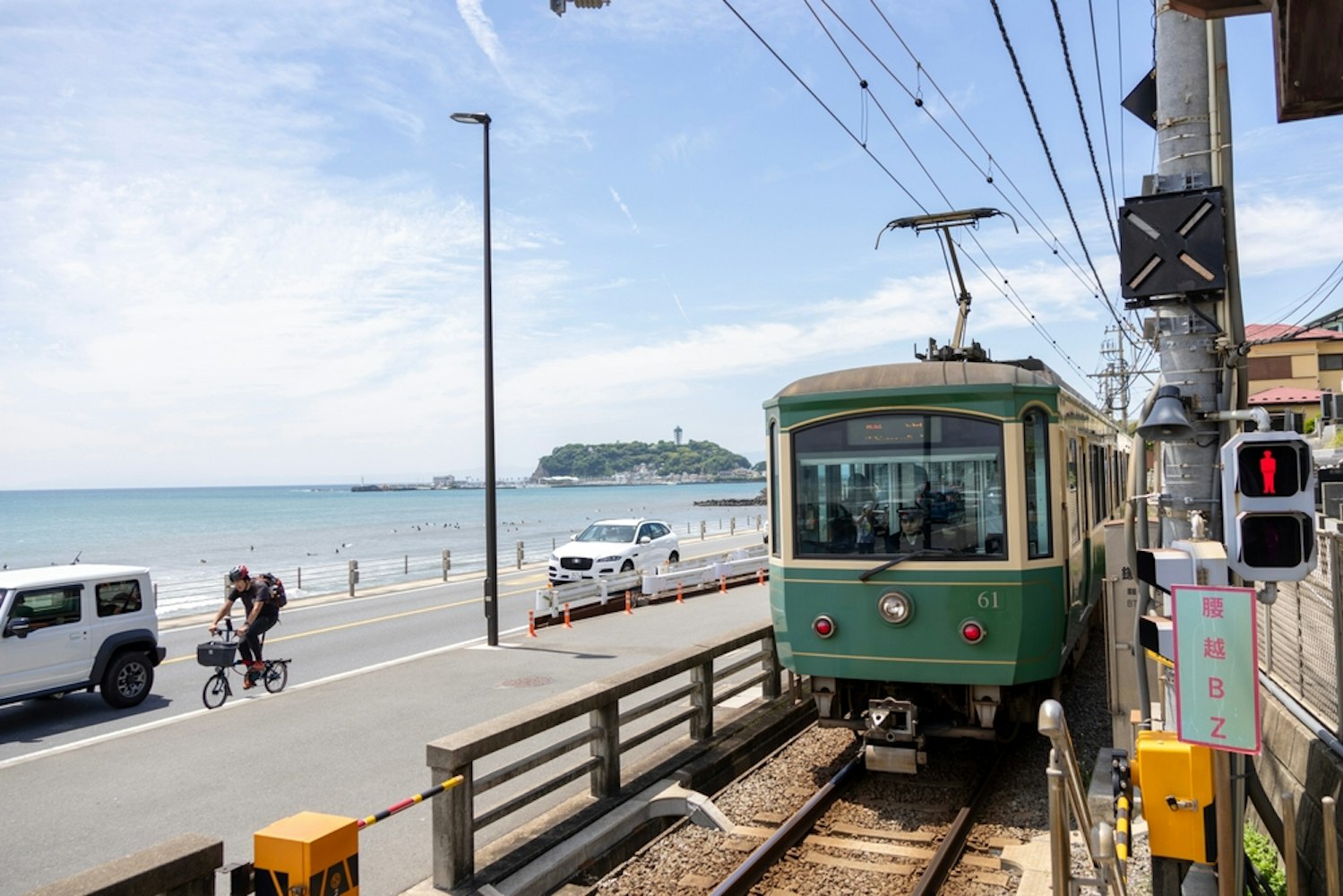
Once you reach Kamakura Station, getting around is easy. The Enoden Line, or Enoshima Electric Railway, is a charming, scenic route that takes you to nearby attractions like Hase Station for Kotoku-in Temple and Hasedera Temple.
Kamakura Station: Gateway to Tsurugaoka Hachimangu Shrine and the main shopping streets.
Kita Kamakura Station: Close to the oldest Zen training monastery, Engaku-ji, and other temples.
Hase Station: A short walk to the Kamakura Great Buddha and Hasedera Temple.
Enoden Line Scenic Views: Enjoy coastal vistas and Mt. Fuji on clear days.
JR Pass: If you already have a JR Pass, use it for the JR Yokosuka or Shonan Shinjuku Line to save time and money.
Enoshima Kamakura Free Pass: Perfect for travelers who want to explore Kamakura and nearby areas like Enoshima.
Hakone Kamakura Pass: This is ideal if you visit Hakone and Kamakura within a few days.
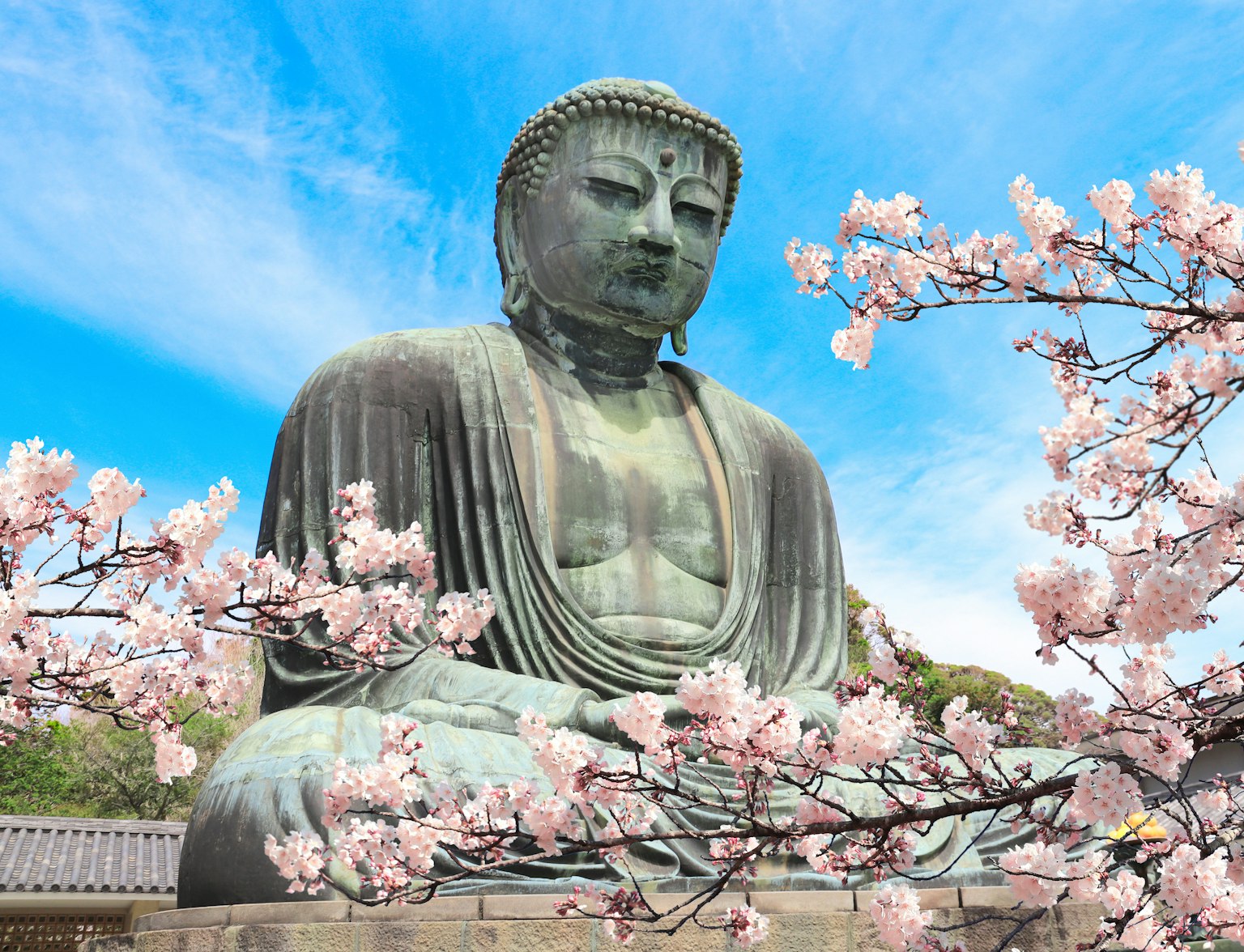
Discover the enchanting blend of anime culture and historical beauty with this tour.
Start Early: Leave Tokyo in the morning to maximize your time in Kamakura.
Use Public Transportation: Parking can be challenging in Kamakura, so rely on trains and the Enoden Line.
Plan Key Stops: Prioritize must-see attractions like Kotoku-in Temple, Hokokuji Temple, and the bamboo forest.
Explore Local Delights: Don't miss the small statues and traditional snacks on Komachi Street.
Wear Comfortable Shoes: Many attractions require walking or short hikes.
Getting from Tokyo to Kamakura is straightforward and offers multiple convenient routes. Whether you prefer the directness of the JR Yokosuka Line, the flexibility of the Shonan Shinjuku Line, or the scenic journey of the Enoden Line, Kamakura is a destination that promises an unforgettable day trip.
With its temples, shrines, and breathtaking coastal views, Kamakura is a small town that is a treasure trove of cultural and natural beauty. So pack your day bag, hop on a train, and immerse yourself in its charm.
